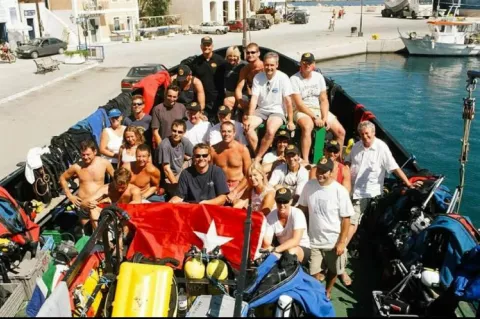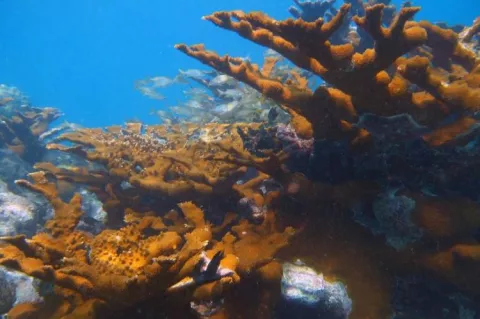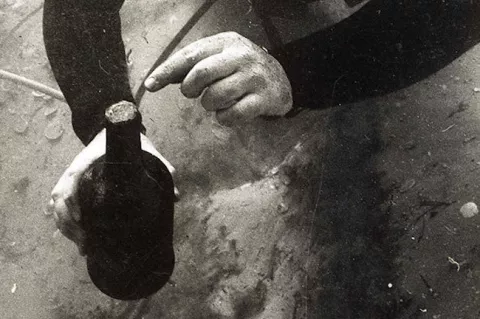Britannic100: "Ship Of Dreams Sunk"
HMHS Britannic was the largest ship to sink during World War I. (Weighting in at almost 50,000-tons she was also the largest ship in the world).
Many argue she is one of the most beautiful, intact, well-preserved passenger liners accessible to divers. It is little wonder that these factors, and the story behind her construction and sinking continue to capture divers imagination.







